When you look at IT and enterprise technology, the need for new technology continues to grow at an exponential rate. Organizations have all kinds of technology, from software as a service (SaaS), infrastructure as a service (IaaS), internet of things (IoT) and tech from the consumer side. These technologies from all different categories need to be organized and managed within your IT and operations department in order to control costs and afford new technology.
Making the Leap from TEM to IT Management
In Amalgam Insights’ recent webinar titled, Making the Leap from Telecom Expense Management to IT Management, Hyoun Park addresses key trends for IT management, business issues for IT cost management and why telecom expense management is a great place to start in the transition to IT management. Amalgam Insights focuses on affording technology, accelerating artificial intelligence, application collaboration and how to get technology out to organizations from all perspectives. Hyoun Park has decades of experience as an advisor on technology consumption management.
When we think about IT management, we generally assume that cost reduction is the ultimate goal. Often times, this goal can cast a shadow on the additional needs of technology cost management. Additional benefits and soft ROI of technology cost management include new technology adoption and increased work production to promote a fully optimized environment.
30% of Your IT Budget is Wasted
A consistent trend regarding a lack of TEM is that without TEM, 30% of new tech spend will be wasted. In fact, Amalgam estimates that there will be over $100 Billion in new SaaS, IaaS, and IoT spend by the end of 2020. This estimate means that $30 Billion wasted because of inefficient spend.
“The increasing complexity of bundled physical assets, digital services, and digital twins requires better management.”
Internal TEM is more difficult because of physical/digital convergence, diversity of assets and various pricing models across the board of IT tools. Being able to track technology at a more granular level is becoming more challenging due to the IT asset unit sizes decreasing, such as sensors, APIs, and data. The pricing models are becoming more complex, varying between one-time purchases, transactions, bundling, discounting, taxes, surcharges and IT as a business.
The Need for TEM
As IT pricing becomes more convoluted, IT assets get smaller and harder to track, and bundled physical assets and services increase in complexity, the demand for TEM continues to skyrocket. In determining the best fit for your organization’s needs, it’s best to evaluate your potential TEM vendors with the following:
Compare the Look & Feel – Evaluate reporting capability of the TEM software along with the ability to request custom reports as needed. Also, make sure the application is user-friendly, designed with the user in mind.
Check Customer References – While many vendors will have solid references to speak to their service, you will have the opportunity to get first-hand reviews on the aspects of TEM that mean most to you… from advanced software capabilities to superior client satisfaction.
Find a Solution that Expands Beyond Telecom – For example, many of Valicom’s clients are ecstatic to find out they can also manage utility expenses in the TEM platform, along with endless other recurring expenses. This turns a once-IT-only-focus into a robust expense management platform.
Schedule a discovery call with a TEM expert at today!
About the Author: Chantel Soumis
Chantel Soumis brings over a decade of knowledge in workflow enhancement through the use of technology. Chantel studied marketing communications and business administration at Franklin University and proceeded to work in a fast, ambitious environment, assuring client delight in the healthcare and pharmaceutical industries. Passionate about project productivity and streamlining workflows through the use of technology, Chantel strives to inform organizations of Valicom’s advanced telecom expense management software and services by mastering communications and messaging while delivering helpful information and supporting resources.

